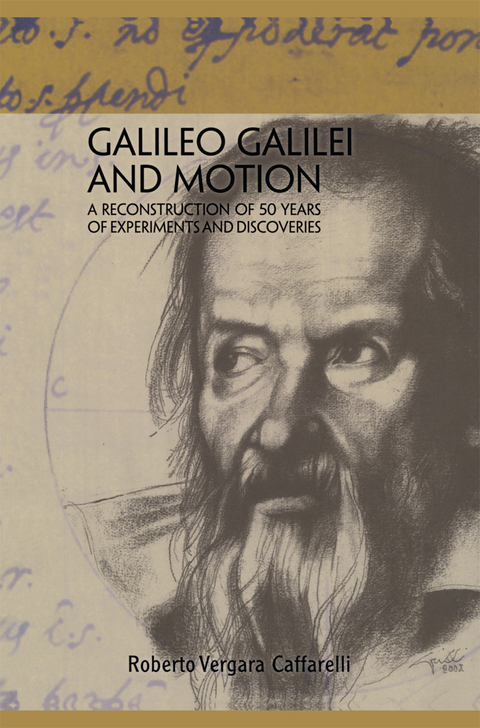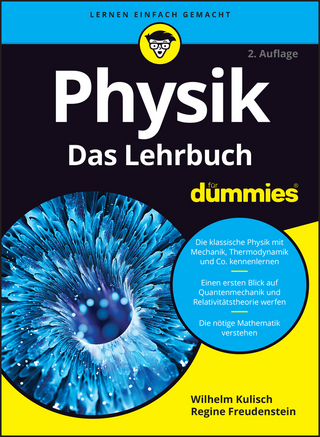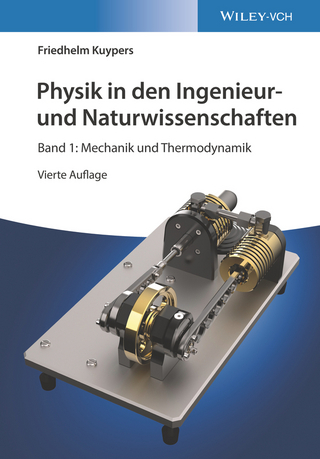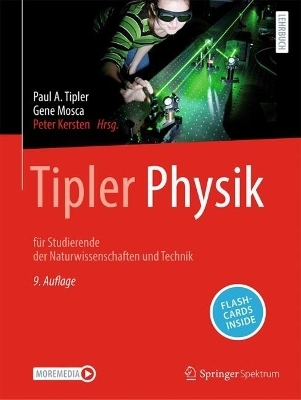
Galileo Galilei and Motion
Springer Berlin (Verlag)
978-3-642-42730-5 (ISBN)
Among the many books on Galileo Galilei only very few deal directly and in depth with his scientific accomplishments proper. This is one of them and among the correspondingly sparse literature the author of this work distinguishes himself by focusing on mechanics, in particular on the fundamental concept of motion and percussion - having performed crucial original experiments and in Galileo´s spirit. Indeed, while the author lets Galilei speak for himself when he explains his experiments and findings, he also makes full use of our present day knowledge of physics to make the reader better understand the perspective.
The result of this very fine understanding is an unsurpassingly authoritative account on some of the foundations of preclassical mechanics as laid down by the great Pisan scientist, widely regarded as the first experimental physicist in the modern sense.
This book will not only be an indispensable source of reference for historians of sciences but appeal to anyone interested in the foundations of experimental physics in general and of mechanics in particular.
Problems of chronology.- Around 1590: The dynamics of the De motu.- Le Mecaniche (1592-1600).- 1592-1610: "The best eighteen years of my life".- 1602: The theorem of chords and the isochronicity of pendulums. The letter to Guidobaldo del Monte.- Before 1604: The law for falling bodies. Experimental results.- Folio 107v: The experimental confirmation of the law of motion.- Why "100 braccia in 5 seconds"?.- Before 1607: Parabolic trajectories.- Before 1610: The velocity acquired in descent is proportional to the square root of the height.- Before 1610: Launching from the inclined plane without a straightener.- The time taken to descend along inclined planes of equal height and the theorem of final velocity.- Another comparison between two motions: free fall and descent along a plane. Difficulties due to the rolling of the sphere.- Before 1606: Experiments on a ship in uniform motion. Long before 1623: Galileo's principle of relativity.- The laws of motion: Galileo announces them in the Dialogo (1632) and presents them in the Discorsi (1638).- Before 1610: The constant-flow chronograph.- Galileo overcame the difficulty due to rolling by carrying out experiments with a new machine.- The conception of Galilei's machine: The "vertical plane".- A description of Galilei's machine and of the experiments that can be carried out on it.- Marin Mersenne: A man who "wants to turn everything topsy-turvy".- Conclusion.
From the reviews:
"The book is remarkable: In it, Caffarelli, proceeding chronologically, plausibly re-creates and expounds on the sequence of experimental studies that led Galileo to discover the law of falling bodies. ... book contains interesting pictures of Caffarelli's reconstructed floating-body apparatuses and duplications of Galileo's inclined planes, which, in Caffarelli's view, eventually led Galileo to formulate his epoch-making theories of motion." (Paolo Palmieri, Physics Today, November, 2010)
"The book presents a well-described example of the human progress due to transformation the knowledge about physical motion from daily observation and 'logical reasoning' to measurement and calculation. A piece of investigation of great value to anyone who is not indifferent to the problem of origins and becoming of modern theory of motion. The book may be also helpful for lecturing in the fields of mechanics and mathematics." (Vladimir Evgenievich Puzyrev, Zentralblatt MATH, Vol. 1196, 2010)
| Erscheint lt. Verlag | 21.11.2014 |
|---|---|
| Zusatzinfo | VIII, 298 p. |
| Verlagsort | Berlin |
| Sprache | englisch |
| Maße | 155 x 235 mm |
| Gewicht | 474 g |
| Themenwelt | Naturwissenschaften ► Physik / Astronomie ► Allgemeines / Lexika |
| Naturwissenschaften ► Physik / Astronomie ► Mechanik | |
| Schlagworte | classical mechanics • De motu • Galileo Galilei • Mechanics • Notes on Motion • Preclassical Mechanics |
| ISBN-10 | 3-642-42730-8 / 3642427308 |
| ISBN-13 | 978-3-642-42730-5 / 9783642427305 |
| Zustand | Neuware |
| Haben Sie eine Frage zum Produkt? |
aus dem Bereich


